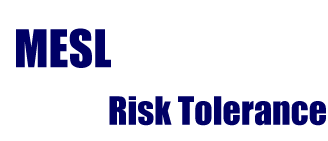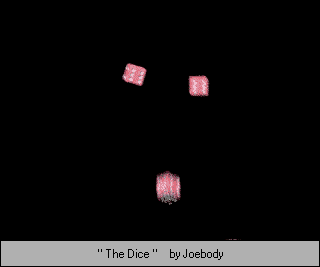





RISK TOLERANCE MEASURE
Research Group: E. Kentel and M. M. Aral
In health risk assessment studies it is very important to determine how uncertain and imprecise knowledge should be included into the simulation and assessment models. Thus, proper evaluation of uncertainties has become a major concern in environmental health risk assessment studies. Previously, researchers have used probability theory, more commonly Monte Carlo analysis, for incorporating uncertainties into health risk assessment. However, in conducting probabilistic health risk assessment, risk analyst often suffers from lack of data or presence of imperfect or incomplete knowledge about the process modeled and the process parameters. Fuzzy set theory is a tool that has been used in propagating imperfect and incomplete information in health risk assessment studies. Such analysis result in fuzzy risks which are associated with membership functions. Since possibilistic health risk assessment studies are relatively new, standard procedures for decision making about the acceptability of the resulting fuzzy risk with respect to a standard set by the regulatory agency is not fully established. In this paper, we are providing a review of several available approaches which may be used by the decision makers in comparing the acceptability of the fuzzy health risk with respect to a compliance guideline. These approaches involve defuzzification techniques, the possibility and the necessity measures. In this study, we also propose a new measure, the risk tolerance measure, which is a combination of the possibility and the necessity measures. The risk tolerance measure provides an effective analysis tool for evaluating acceptability of a fuzzy risk with respect to a crisp compliance criterion. Various hypothetical fuzzy risks which have different membership functions are evaluated with respect to the possibility, the necessity, and the risk tolerance measures and the results are discussed comparatively.
More details on this subject can be found in the slide presentation.
A technical paper on this subject is published in Stochastic Environmental Research & Risk Assessment Journal (SERRA), Vol. 21, No. 4, pp. 405-418, 2007.